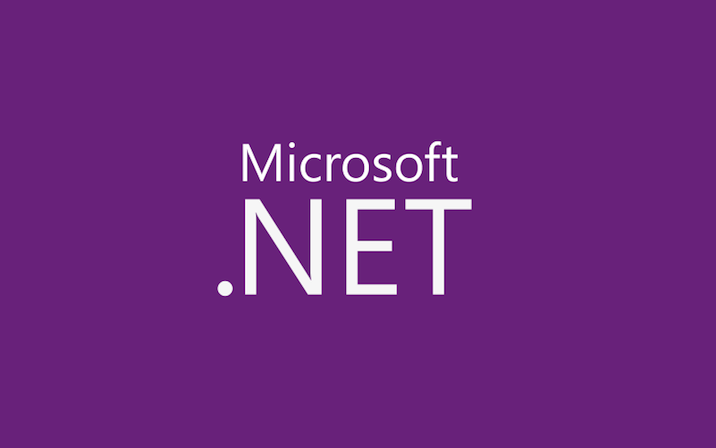


.NET 4 Cancellation Framework

Samples for Parallel Programming with the .NET Framework 4

.NET Framework 4.0 Poster for Download

Concurrent, Multi-core Programming on Windows and .NET

Feedback requested: Enumerating Concurrent Collections

Waiting for Tasks

Useful Abstractions Enabled with ContinueWith

Coordination Data Structures Overview


 Light
Light Dark
Dark